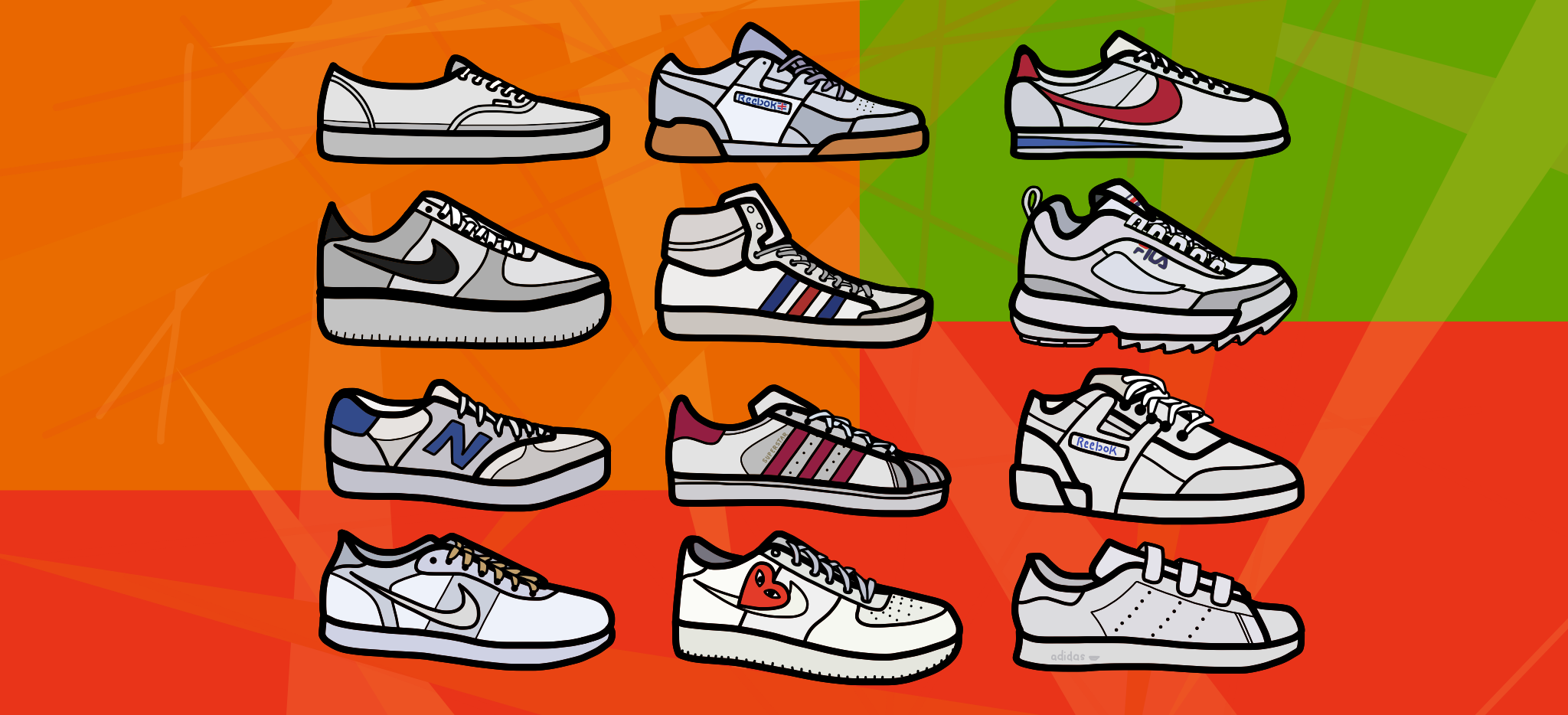by Erin Christie
Clothing. You’re most likely wearing it right now. Or not (and that’s fine).
Your decision to wear your favorite pair of joggers or a pair of perm-pressed jeans on any given day makes a statement about who you are to the world around you. The way that you dress is a nonverbal communicator, something that lets others know an intimate part of your personality, whether based on the catchy slogan or piece of pop culture emblazoned on the front of your t-shirt or the choice to wear one pair of converse over another.
Trends come and go almost with the blink of an eye. If you walk up and down Boylston Street on any given week, chances are, you’ll be greeted by a sea of orange beanies and denim-clad limbs. You may be thinking to yourself, “They all look the same,” as familiar faces pass under the gaze of a neon knit, and you’d be right. But is that necessarily a bad thing?
When we think about the expression of self-identity as a holistic concept, there is a distinct elephant in the room: gender. Thinking about what gender dictates can be incredibly divisive. How many of us really know where we stand on the broad spectrum? It’s often difficult to talk about gender without some kind of hatred being inserted. With the constant threat of being ridiculed and even forced into situations of violence for expressing oneself in a way that doesn’t stick to “tradition,” it becomes difficult for those straying from the gender binary to dare to do so.
So, why is genderless fashion important and why should we care about it?
As noted in a Refinery29 article, according to a June 2016 study conducted by the Williams Institute, roughly 1.4 million adults in the United States population do not identify with the gender they were assigned at birth.
Because the gender spectrum is so broad, it can be difficult to know where exactly to shop and what kind of clothing to look for. If you have trouble discerning whether or not you truly identify with the gender that you were assigned at birth, how are you supposed to know what clothing you WANT to wear, let alone CAN wear based on societal norms? Is it considered “taboo” or “scandalous” to shop in the men’s section if that’s not where you’ve been conditioned to shop for most of your life? What truly makes a piece of clothing suitable for one person as opposed to another?
art by Enne Goldstein
The fashion industry has been practicing designing down the genderless route for years, experimenting with the social standard and setting up society for the new norm. Fashion designer, Rick Owens, has used innovative draping and tailoring to create androgynous, genderless lines since 2002. Since Owens took the first step, this has led to a further acceptance and normalization of mixing and matching across the gender divide.
One of the most recent popular trends takes shape as something simplistic, yet universally cool- white shoes. You may be thinking, “what’s so special about white shoes? They’re so plain and boring?” Oh, contraire, mi amor- haven’t you noticed how many of your peers don white high-top chucks or Adidas superstars?
As an article from Who What Wear notes, white shoes may have the ability to make you appear much more elegant and pristine, giving off the image that you don’t have to worry about getting your perfect, marble-white sneakers wet or dirty because you “don’t run through puddles to get to the bus.”
White stereotypically evokes images of purity: a fresh start, a clean slate, an image of brand-newness. These visually satisfying kicks grab the eye immediately, and that’s part of their appeal. Whether intended to make a statement or simply act as a staple piece in one’s wardrobe, it goes without saying that white shoes have infiltrated the fashion scene with a swiftness, stepping into wardrobes of members of all parts of the gender spectrum worldwide.
Trends such as white shoes, crazy cool socks (ahem Blue Q, anyone?), and beanies stand out not only because they reek of effortless cool, but also because anyone can be adorned by them. No matter how you identify, you’re free to follow the popular majority and keep with current styles.
Fashion has consistently been a way of communicating not only one’s sense of style, but also one’s mood, personality, and life in a holistic sense. With that in mind, it remains true that fashion can help one express their gender identity. Genderless clothing plays a major role in our society evolving its standards for gender expression and identity.



